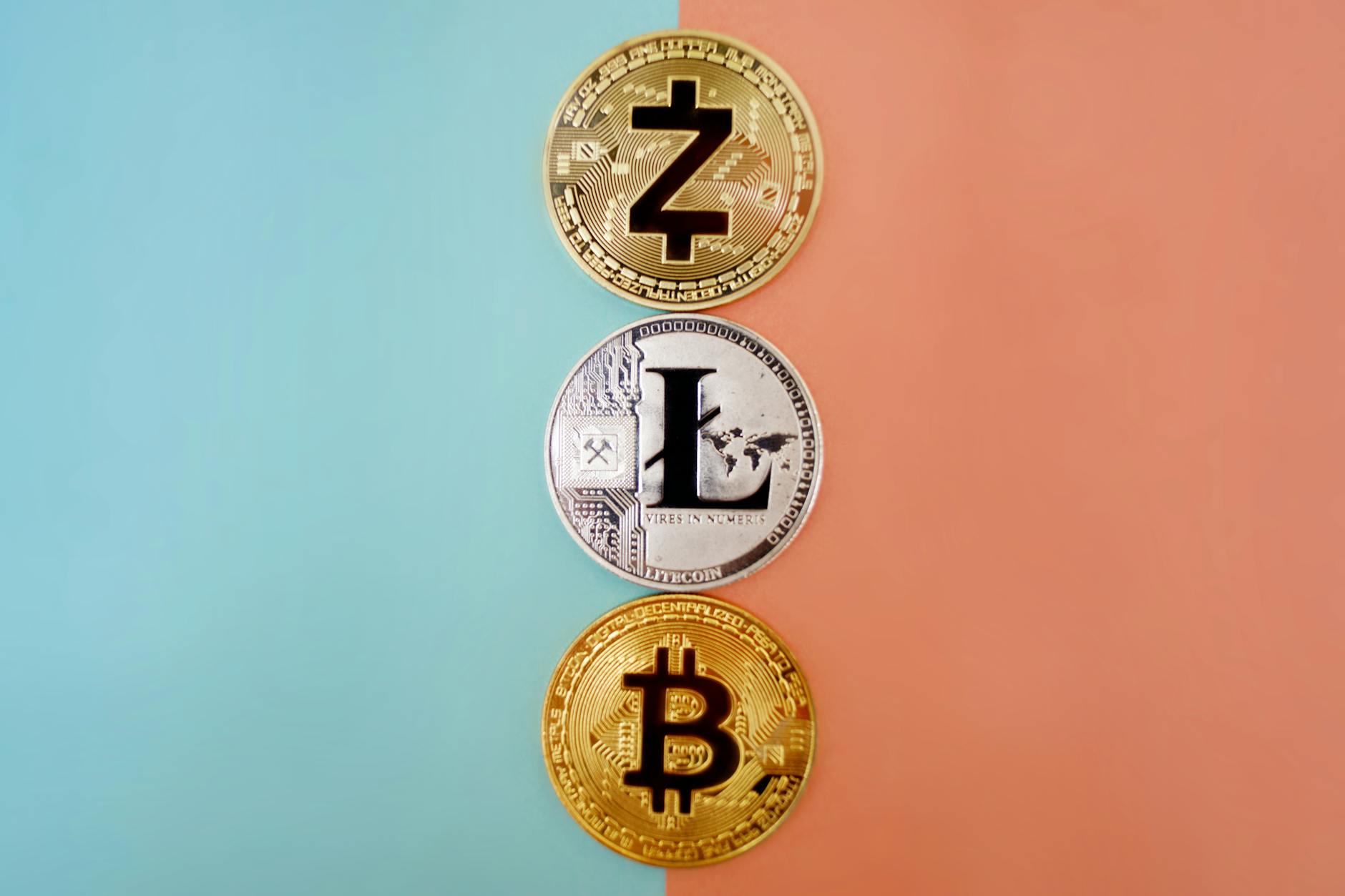Blockchain in Finance 2025: How Instant, Secure Transactions Are Shaping the Future
How Blockchain Is Changing Finance Forever
Imagine a world where sending money is as easy as sending a message—where every transaction leaves a clear, tamper-proof trail. No hidden fees. No waiting days for a check to clear. This is the promise of blockchain in finance. It’s about trust you can see and records anyone can verify. The way we move, manage, and store money is changing, fast.
Understanding Blockchain in Simple Terms
Think of blockchain as a digital notebook that thousands of people own together. Every time someone writes in this notebook, everyone else gets the update. You can’t erase what’s already written. This makes cheating or fake entries nearly impossible.
Picture each page in the notebook as a “block.” When a new block fills up with transactions, it connects to the last one, forming a chain—hence, “blockchain.” Banks, shops, and people keep their own copy, so no one’s in charge. It’s a shared memory for money.
How Blockchain Transforms Traditional Banking
Blockchain shakes up how banks manage money.
- Payments become instant. No more waiting for funds to move across borders. Cash shows up almost right away.
- Clearing and settlement get simple. Today, payments usually take days and pass through several middlemen. Blockchain does this in minutes, with less paperwork.
- Fraud drops. Every transaction is time-stamped and open to others on the network. Cheating stands out like a sore thumb.
- Costs fall. With fewer steps and checks, banks save money. They can pass these savings to you.
Customers win with faster service, lower fees, and better security.
The Rise of Cryptocurrencies and Digital Assets
 Photo by Marta Branco
Photo by Marta Branco
Without blockchain, bitcoin and other digital coins would not exist. Unlike dollars or euros, these new currencies do not rely on banks. People buy, sell, and store coins like Bitcoin or Ethereum, sending value worldwide without traditional banks in the middle.
Stablecoins are another product made possible by blockchain. They work like cryptocurrencies but tie their value to real-world money, like the dollar. This makes them steady, as the name suggests. People use stablecoins to shop, save, or move funds safely, even when cryptocurrency prices swing wildly.
Today, anyone can make a payment, get a loan, or invest, all using digital coins.
Challenges and Future Outlook for Blockchain in Finance
While blockchain sparks hope, it faces obstacles.
- Regulations are unclear. Governments worry about scams and misuse, so rules keep changing.
- Adoption takes time. Old habits die hard. Banks and people are slow to trust new tech and change their ways.
- Scalability can be an issue. As more people use blockchain, networks need to stay fast and cheap.
Even with these bumps, more companies trust blockchain each year. New financial services, once unthinkable, keep popping up. If adoption grows, the future could look like a world where money moves safely, quickly, and everyone has access—even those the old banking system left out.
Conclusion
Blockchain is bringing clarity and trust to finance. With instant payments, airtight security, and fair access, the way we store and share money is getting easier and safer. The road is not smooth, but each step brings us closer to a future where everyone benefits from a system built on trust—and where you can finally see what’s happening with your money.
